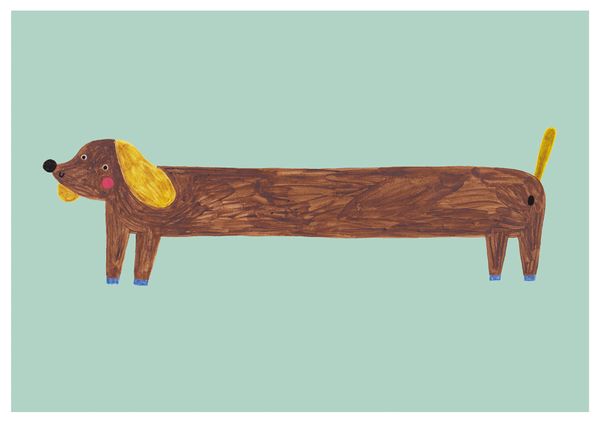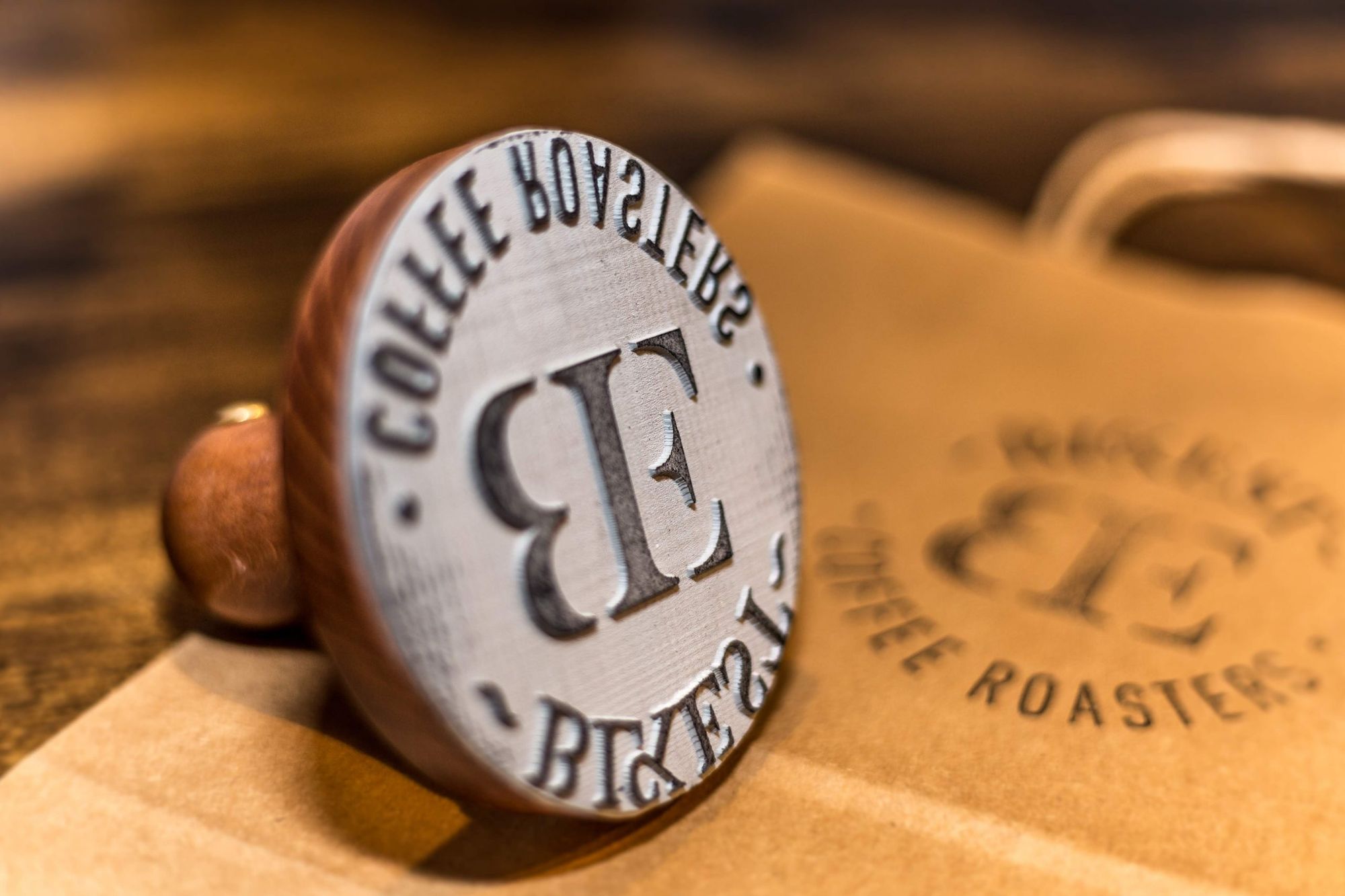Coffee has a long tradition in Hungary, and in addition to the full-bodied black cuppa joe, quite a few other variants are now widespread. More and more people take on the mission of discovering and studying the colorful world of coffee—the team of BLCKEST Coffee Roasters in Budapest is already at the spearhead of treating coffee fans to a journey of flavors.
Written by Bianka Geiger
Although Hungarians have always enjoyed coffee—let’s just recall the moka pot murmuring on our grandparents’ stovetop every morning, the silver packages of OMNIA given and received as go-to gifts, the polygonal coffee glasses, and the sugar cubes dipped in coffee, a treat for us every now and then—a new world has opened besides the classic black brew and the Szarvasi coffee maker. The specialty, “new-wave,” or in other words, the third-wave coffee culture aimed to introduce consumers to the true nature of coffee: high-quality, unique arabica, defined by many different factors.
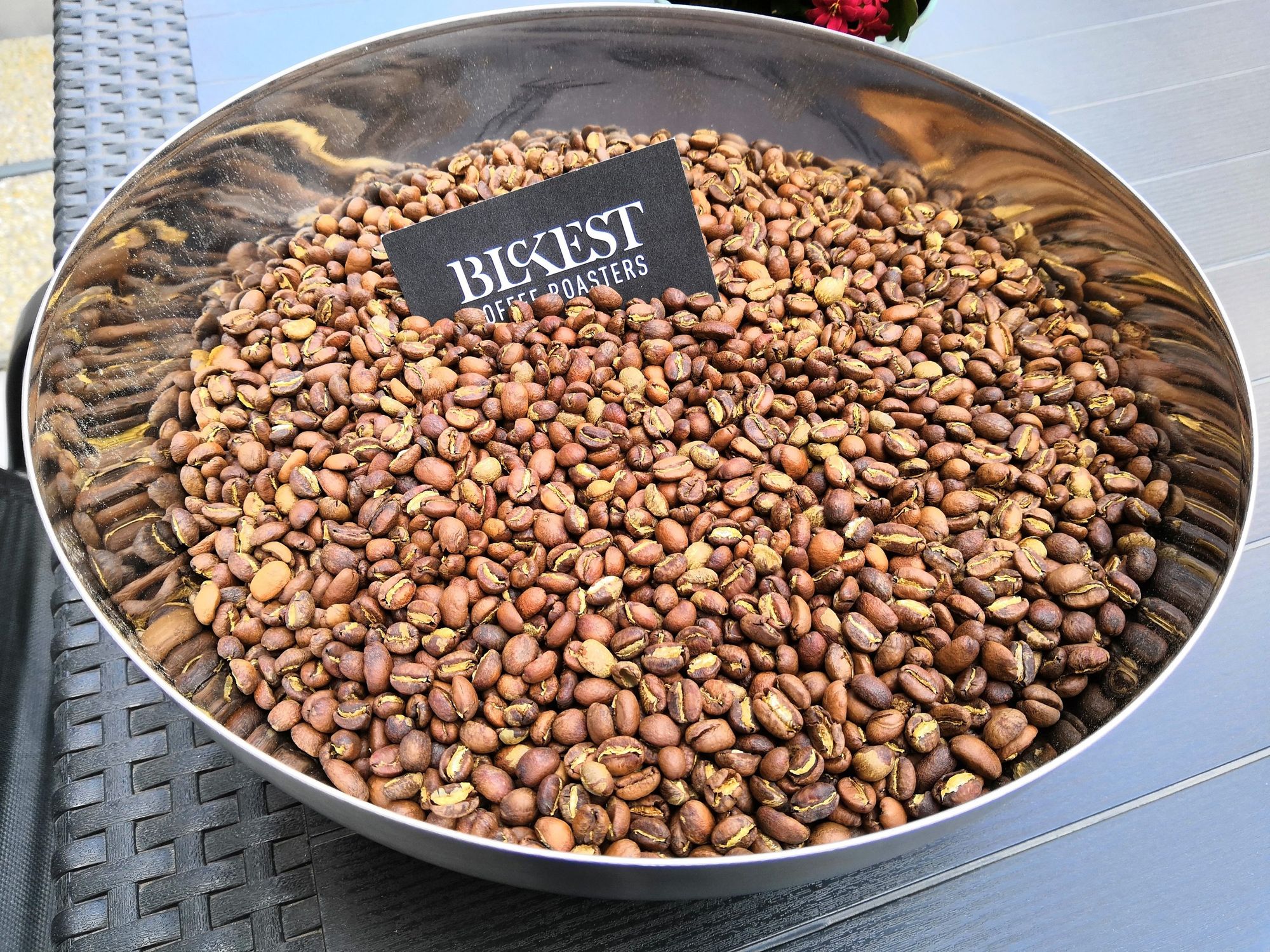
The goal of this endeavor is to extract the characteristics of different growing regions through various roasting and special brewing methods, so that we don’t just drink coffee but also understand it. This desire also popped up in the mind of Attila Gergely, owner of BLCKEST Coffee Roasters roastery, supplemented by nostalgic memories associated with coffee. The quality time spent with others and the smell of coffee were deeply ingrained in his consciousness, and seven years ago he began to delve deeper into the subject at a friend’s cafe. After completing a barista and then a confectionery course, he was sucked in even deeper by the vortex of coffee beans, thus five years ago he founded the brand.
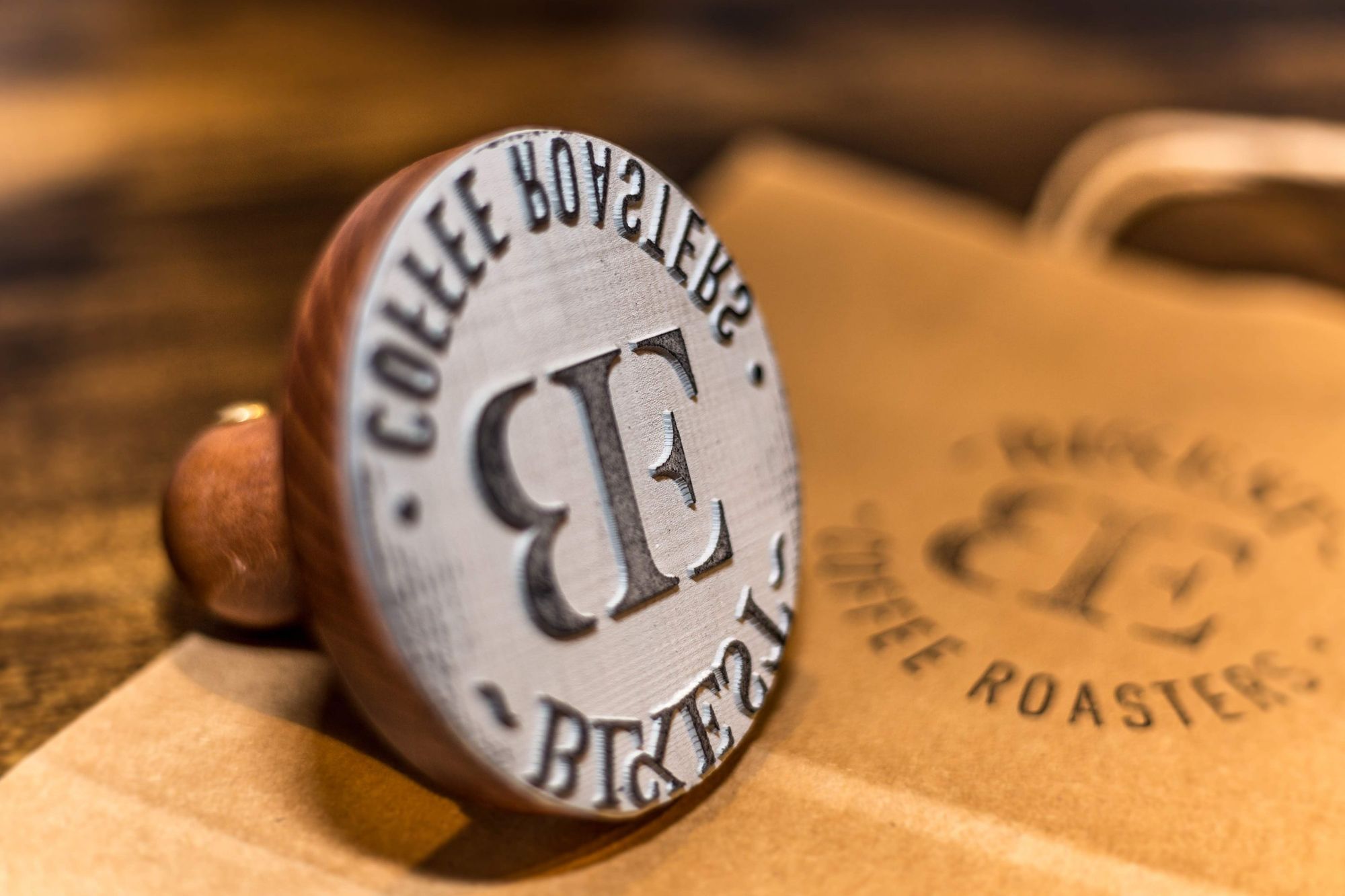
According to Attila, the taste of coffee depends on many factors, but it’s inherently perfect. The quality of the soil, the conditions of harvesting and transportation, roasting, and preparation are all essential, and the aim is to preserve and recover the original flavors and aromas as much as possible. These are defined not by the well-known five basic tastes, but seven of them: sweet, salty, bitter, sour, umami, and the recently discovered tastes of fat and starch-rich carbohydrates. In the oral cavity, there are more than ten thousand taste receptors analyzing these when tasting something.
This, of course, requires truly special coffee. Quality control is performed by the SCA, i.e. the Specialty Coffee Association, a non-profit organization founded in 1982. The members are producers, roasters, and traders from more than forty countries, joined by so-called sensors, i.e. accredited coffee tasters who evaluate coffees at cuppings, i.e. tasting events. Cuppings are like ceremonies—you need a deep, rounded stainless steel spoon, a larger bowl or cup with a capacity of 180 milliliters, 8.25 grams of coffee beans of a certain variety, 150 milliliters of 90-96 degrees Celsius water, an hour, and a scorecard. They grind the coffee freshly, smell it, and then pour water on it and let it extract without stirring for two to five minutes. The time is measured with a stopwatch. Once the time is up, they break the crust of the grounds rising to the top of the liquid with a spoon, and assess its aroma. The grounds are then removed, and once the drink has cooled down a bit, they slurp it two times, because this way the coffee gets aerated in the mouth, making its taste more intense. The coffee is rated on a 100-point scale, according to ten categories: the key attributes are aroma, taste, aftertaste, body, acidity, balance, cleaning, sweetness, uniformity, and overall experience. A minimum of eighty points must be achieved to be certified as ‘specialty’. Naturally, there was a need for a system to categorize coffees after the cuppings, so the SCA created the flavor wheel, which includes nine base flavors (sweet, floral, fruity, sour/fermented, green/vegetative, roasted, spices, nutty/cocoa, and other) and one hundred and ten flavor notes.
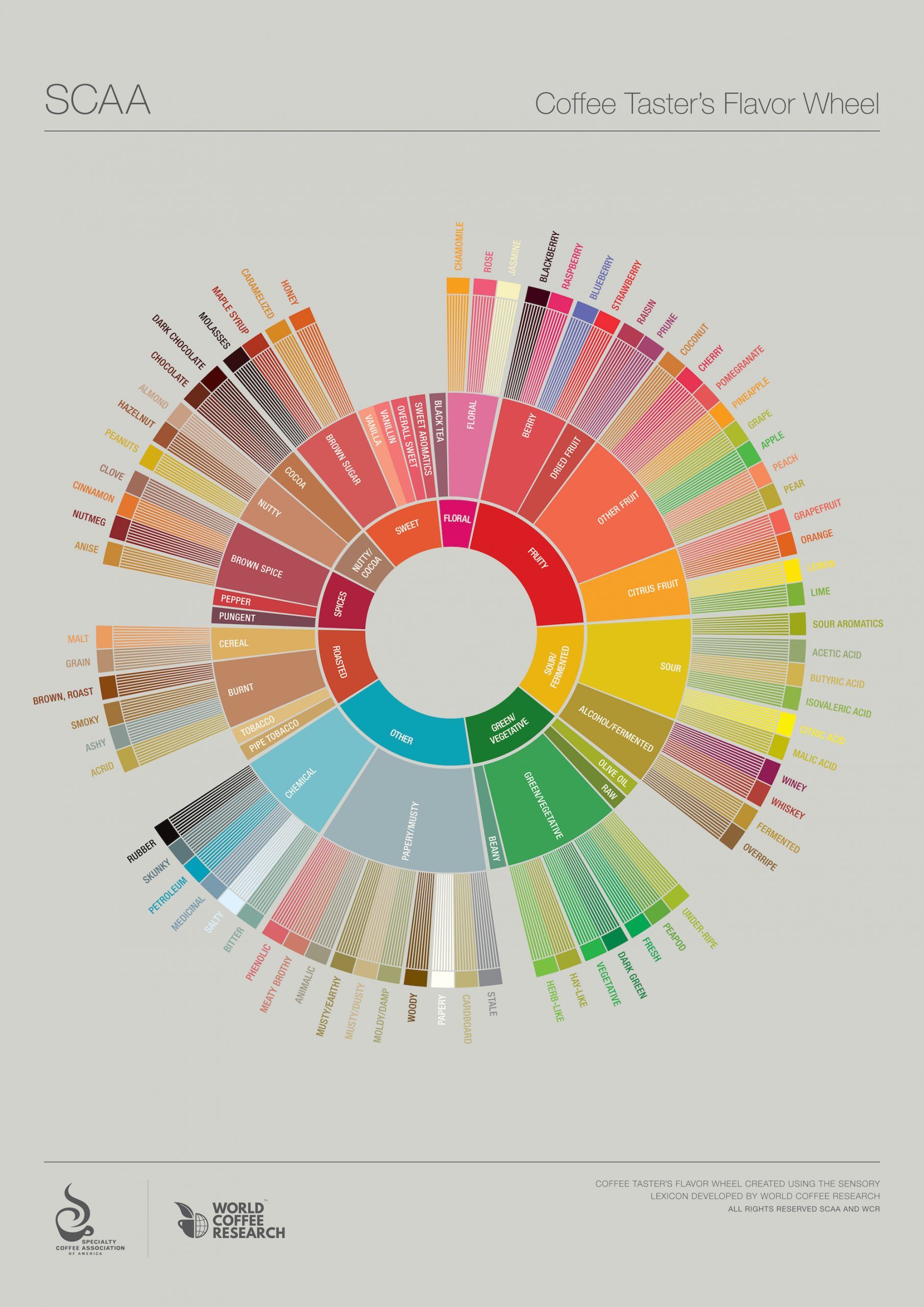
BLCKEST always chooses green coffee based on this—Attila browses through the selection at the merchants, conducts market research, considers the feedback of customers, and then orders some varieties for testing. He has three computer-controlled automated roasting machines, one of which can handle one and a half kilograms of coffee beans, while the other two can roast up to seven kilograms. Roasting consists of five stages—at first, the beans take on a whitish color and a grassy, grainy scent. Then, they slowly turn yellow, their aroma approaching that of hay, and become increasingly sweeter because the sugar in the coffee beans begins to caramelize: this is the so-called Maillard reaction. “First crack” is the point when the beans’ skin cracks. This results in higher acidity, while “second crack” results in a more roasted character. After that oils escape the coffee bean, which can start to smoke, char, and the roaster machine’s content might even catch fire.
The task of a roaster is to stop the process exactly at the right moment and then let the beans rest for 24-48 hours at least, but preferably for a week so that the carbon dioxide produced can escape. When packaged, coffee can be single-origin, meaning it comes from one growing area only, but it can also be made into blends. Both of these types can be found at BLCKEST, and two of their own compositions (BLCKST Blend and Highland) made it into the finals of the public vote Coffee of the Year conducted by Kávékorzó independent coffee magazine in 2019 and 2020. Attila’s goal is to convey different moods and feelings with each variety, while he also loves to highlight the different characters of growing areas, such as the citrusy, light freshness of Guatemalan and Peruvian coffees or the full-bodied, chocolate-hazelnut character of Brazilian and Honduran versions, just like in the case of wines or plated desserts. Speaking of desserts: at BLCKEST, you can also find different coffees steamed in aroma baths, therefore you can try pistachio as well as caramel coffee.

And how should we prepare these coffees? Light roast coffees work well for light, tea-like drinks, making aeropess, french press, and V60 good brewing choices. When using more characteristic flavors, the good old moka pot might come in handy, but there is a secret to achieving excellence: the lower part of the coffee maker must be heated, filled with hot water, and then loaded with freshly ground coffee to better retain its aroma.
BLCKEST is preparing with many new things for 2021, for one, they’ll renew their packaging with the help of Hollóka graphic design workshop. If you want to get a taste, order some beans from the brand’s website or look for them at their partners—you’ll even find them in bulk in Budapest’s most zero-waste stores!
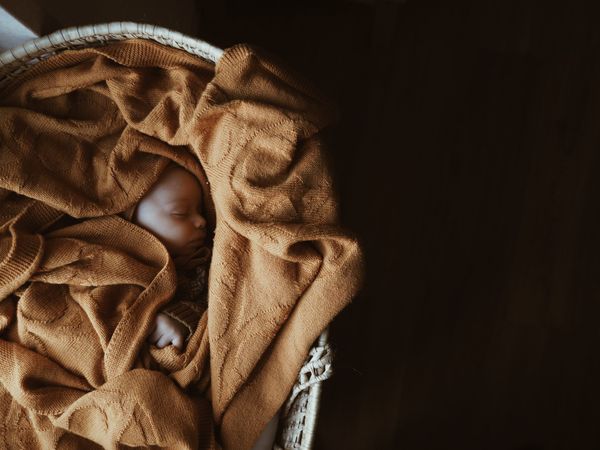
Making childhood a timeless experience | BOO Studio
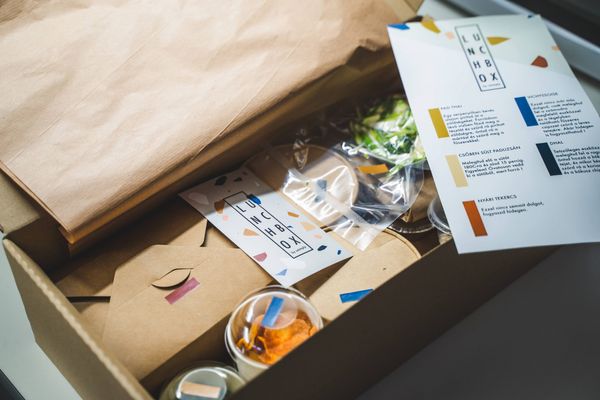
Lunch in a new way: Szimply introduces Lunch Boxes
